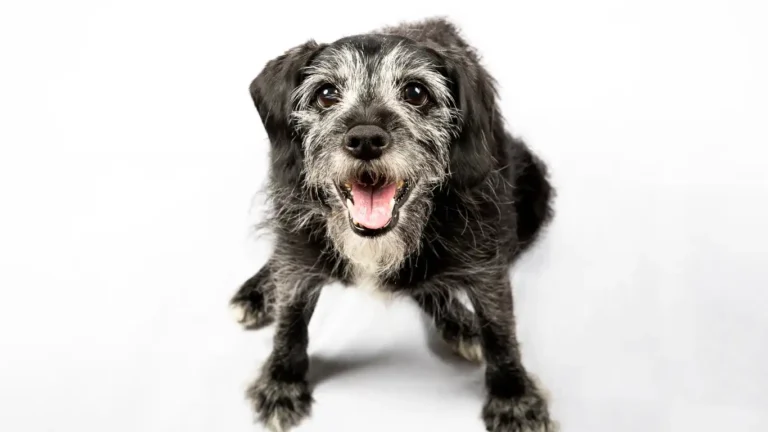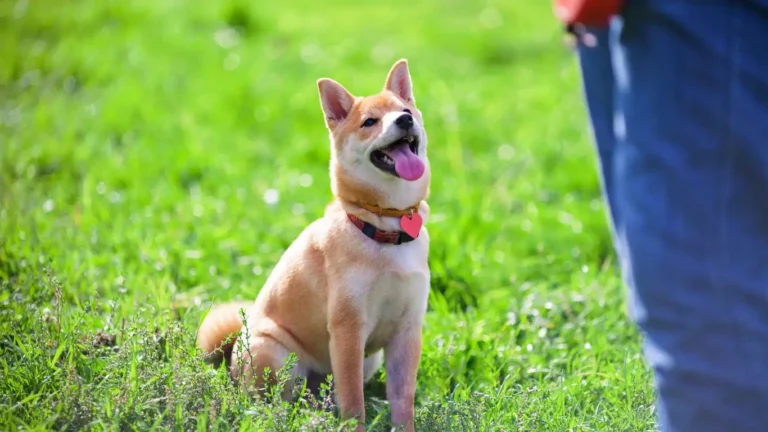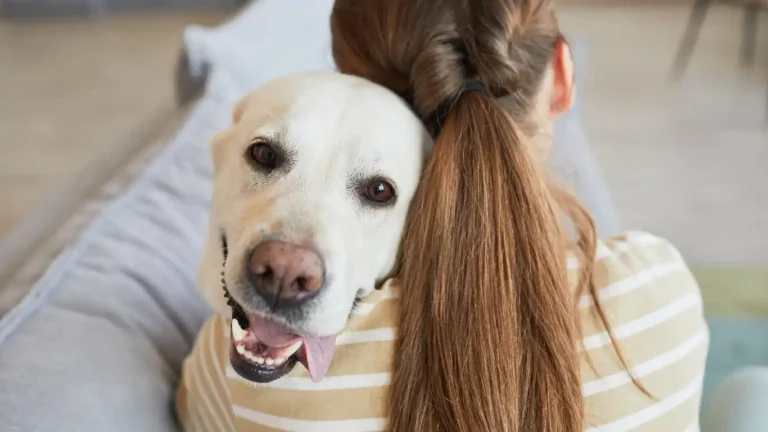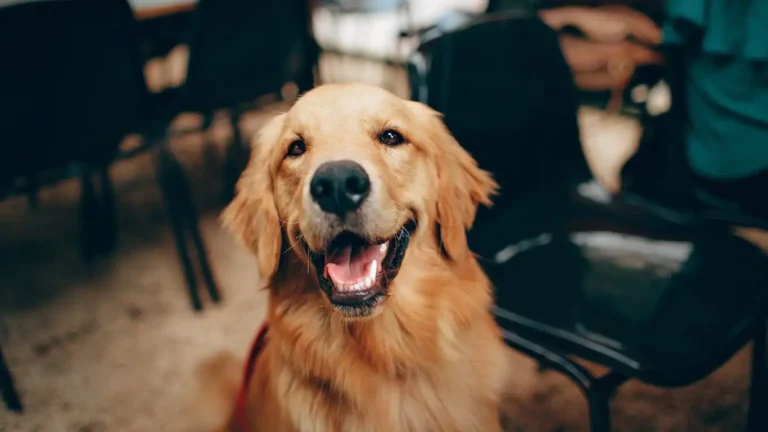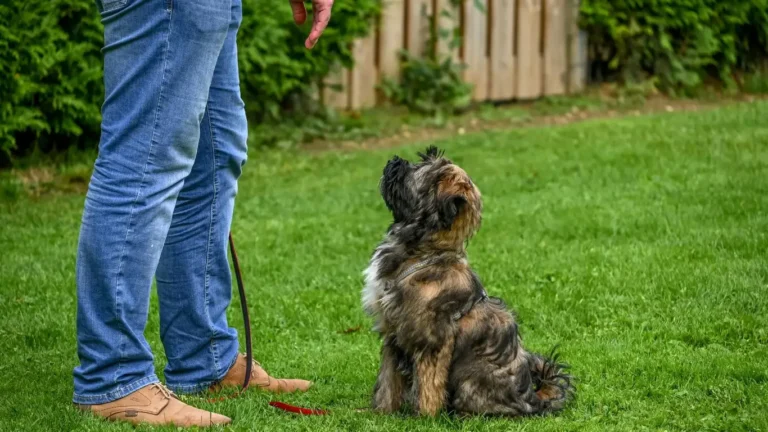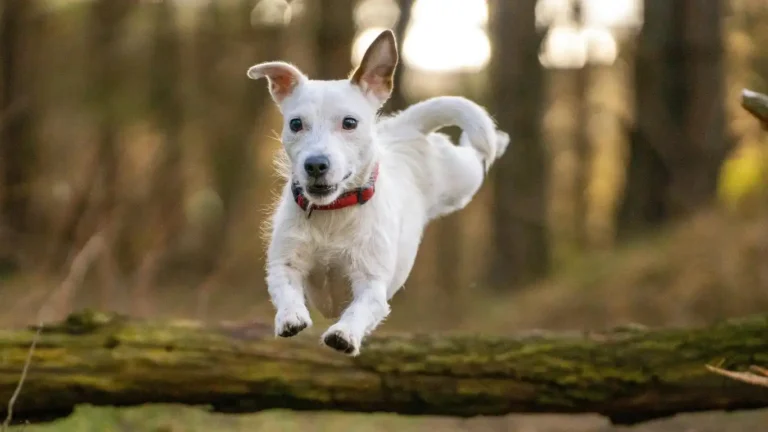Master How to Train a Dog to Respond to a Hand Signal Easily
If you’ve ever wondered how to train a dog to respond to a hand signal, you’re in the right place. I’ve spent years in the world of canine-assisted therapy, and let me tell you—there’s nothing quite like watching a dog respond to a silent cue with confidence and joy. Teaching dogs to understand hand signals isn’t just about flashy tricks or Instagram-worthy moments. It’s about building a deeper, more intuitive connection between you and your pup. I’ve trained therapy dogs to respond in hospital settings, schools, and even courtrooms—and all of that starts with solid, signal-based communication. Let’s break it down together.
Why Train with Hand Signals?
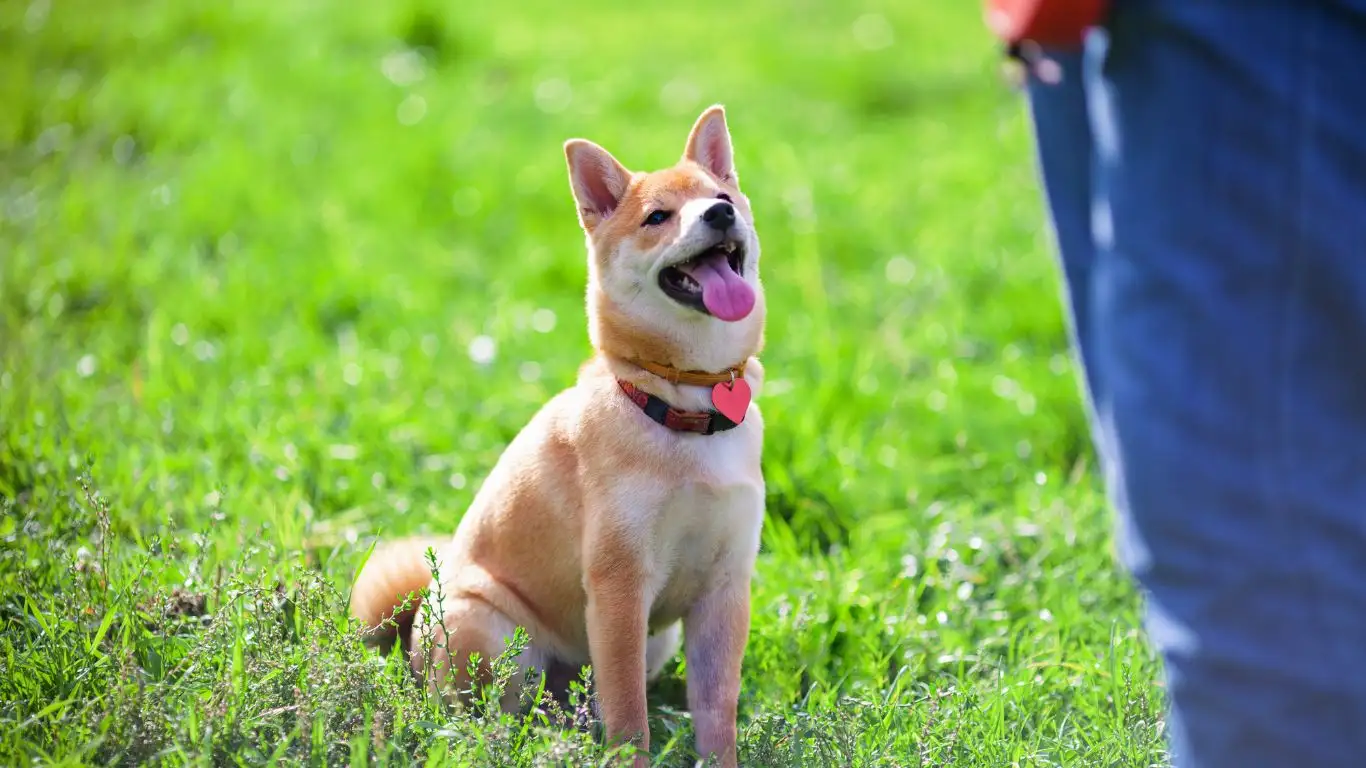
Some folks ask me, “Why hand signals when verbal commands are easier?” It’s a fair question, but once you’ve seen a dog respond to a hand cue in a noisy park or a quiet hospital hallway, the answer becomes clear. Hand signals cut through distractions and are especially helpful in environments where silence or distance is necessary.
And here’s the kicker—dogs are visual learners. Yup, they pick up on body language quicker than words. Whether you’re working with a young pup or a senior dog, hand signals often click faster than vocal commands. In my therapy work, I’ve seen how much more effective silent cues can be, especially with dogs working around sensitive individuals or in emotionally charged settings.
Benefits of Using Hand Signals
- Stronger focus from your dog in distracting environments
- More accessible communication for dogs with hearing loss
- Enhanced obedience through visual engagement
- Increased versatility in therapy, agility, and service dog work
One of my dogs, Jasper—a calm, reliable Golden Retriever—would work with kids on the autism spectrum. Some of these kiddos were overwhelmed by sounds, so we relied on nothing but gentle hand gestures. It was magic. Silent communication gave the kids a sense of control and the dog a clear path to connect.
Starting with the Basics: Laying the Groundwork
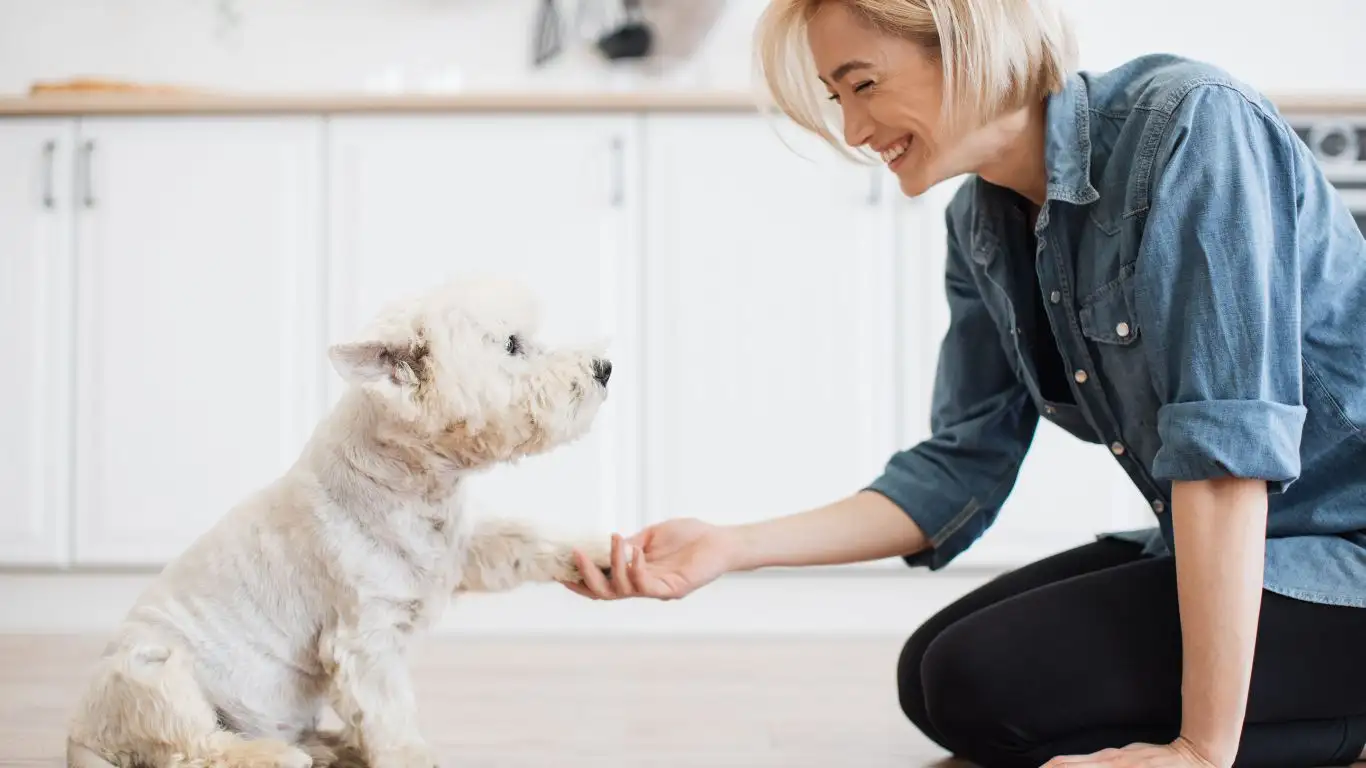
Before diving into how to train a dog to respond to a hand signal, it’s crucial to set the foundation. Think of this as prepping the soil before planting a garden—you want everything fertile and ready.
Get Their Attention First
You can’t train a dog who’s busy sniffing the wind or chasing a butterfly. Engagement is everything. Start indoors or in a quiet space. Use treats, toys, or your most excited “good boy!” to keep them laser-focused. I like to squat down to their level—make it a conversation, not a lecture.
Use Consistent, Clear Gestures
Your dog isn’t reading your mind—they’re reading your hands. Every hand signal should be distinct and easy to repeat. I always recommend:
- Start with an open palm for “sit”
- Point downward for “lie down”
- Sweep your arm toward you for “come”
Don’t overthink it—simplicity wins. The goal is for your dog to associate one specific gesture with one specific action. If you change it up every session, they’ll get confused. Consistency is kindness in the training world.
Pair Hand Signals with Verbal Cues (At First)
In the beginning, say the word and do the hand motion at the same time. Once your dog starts picking up on the hand signal, phase out the word. It’s kind of like training wheels—you don’t ride forever with them, but they help get things rolling.
One of my therapy dogs, Luna, struggled with anxiety in crowded places. Her breakthrough came when we dropped verbal cues and stuck with soft, consistent hand signals. She stopped second-guessing herself. The clarity helped her relax and trust the moment.
Choosing the Right Environment
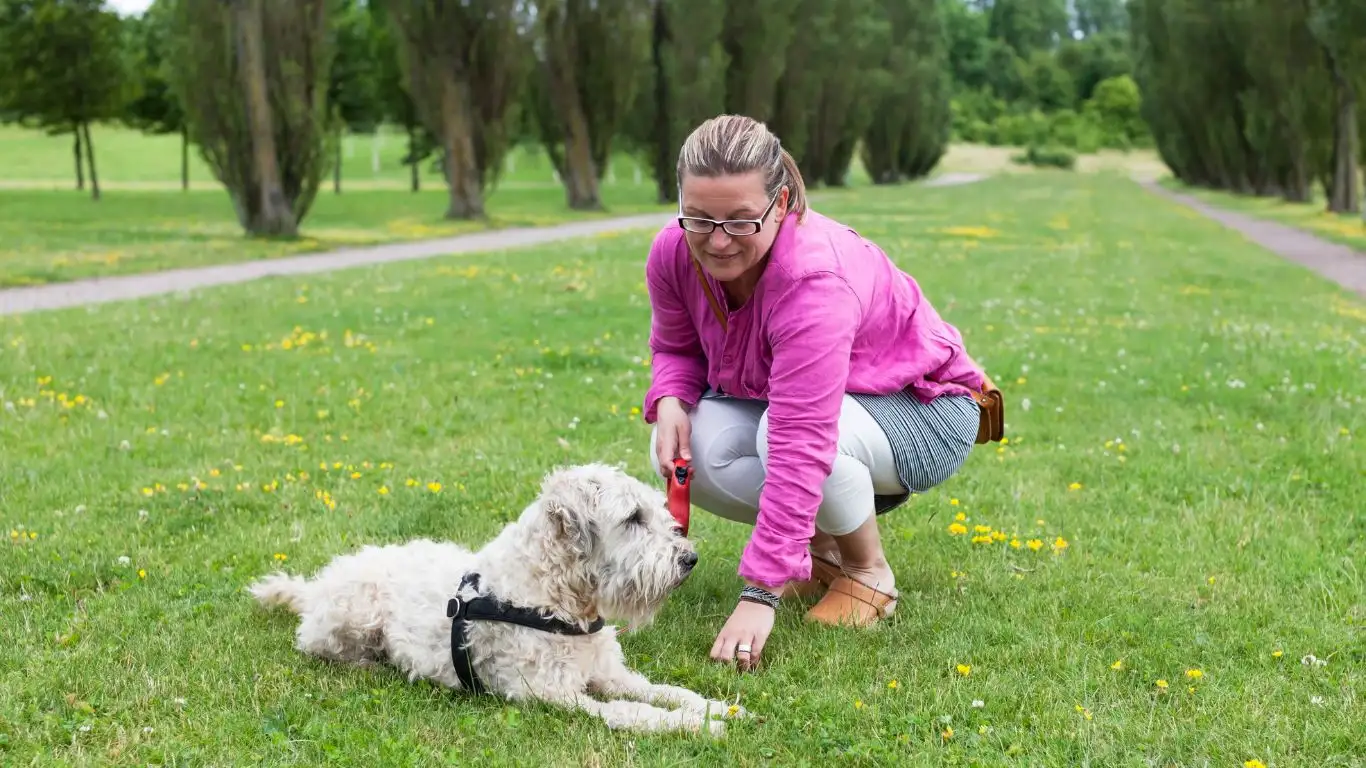
This part is often overlooked, but it’s so important. Your dog’s learning environment matters. I can’t count the times someone’s tried to train in the middle of a loud dog park and wondered why it didn’t stick.
Best Spots for Early Training
- Quiet living room or kitchen
- Fenced backyard with minimal distractions
- Empty hallway or quiet driveway
Later on, you’ll want to gradually increase the level of distraction, but start small. Think of it like learning to play guitar—you don’t start by jamming on stage. You begin in your bedroom, messing up chords where no one’s watching. Dogs need that same safe space to mess up and try again.
Repetition, Reinforcement, and Patience
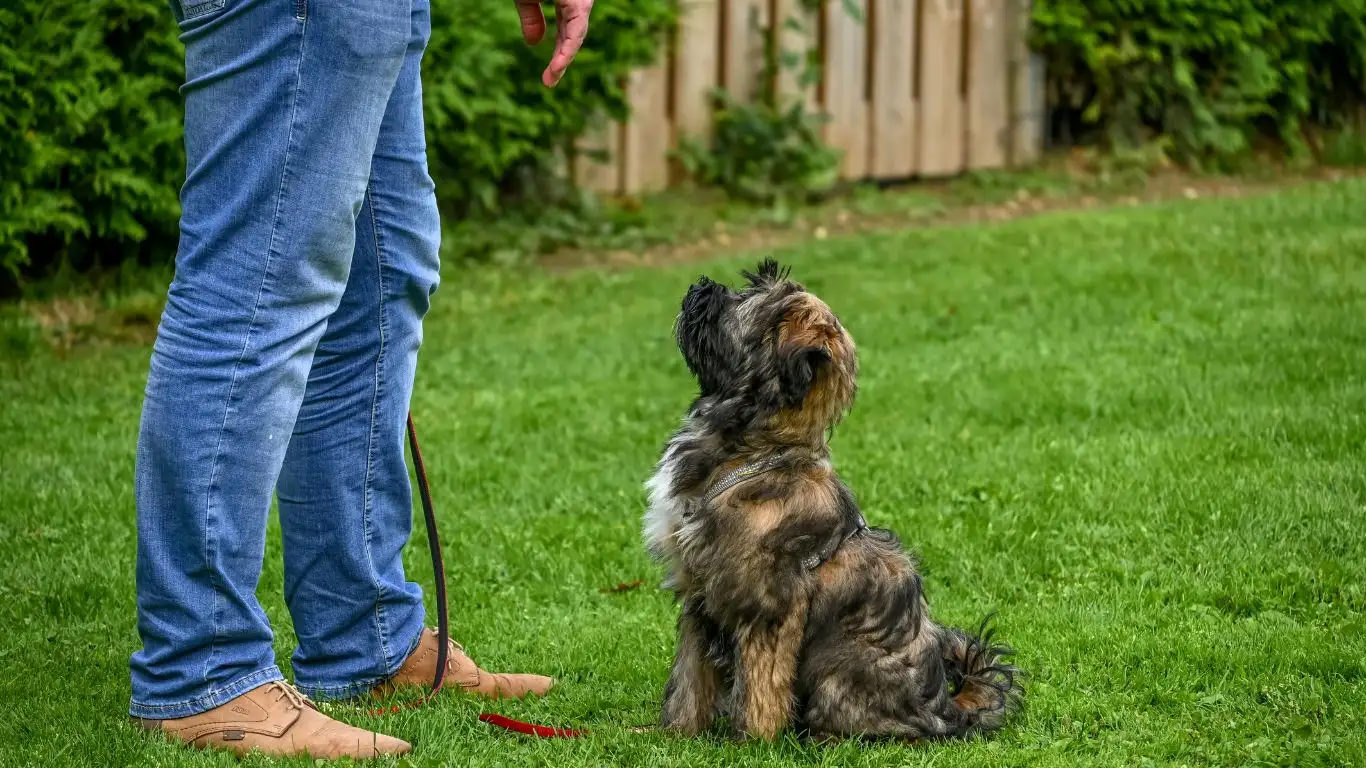
Now that your dog’s starting to recognize your hand gestures, it’s time to reinforce the learning through repetition. This part isn’t always glamorous, but it’s where the real transformation happens. I always say, “Practice like nobody’s watching.” It doesn’t have to be fancy—just consistent.
When I was training Rico, a high-energy Labrador mix, we practiced the “sit” hand signal in short 5-minute bursts throughout the day—right before meals, after walks, and during playtime. It added up fast, and within a few days, he was sitting on cue just from a simple raised hand.
Keep Sessions Short and Sweet
Dogs, especially puppies or easily distracted breeds, don’t benefit from long sessions. In fact, dragging it out can backfire. Instead, go for:
- 2-3 short sessions per day (5 to 10 minutes max)
- End on a high note, like a successful “come” or “stay”
- Use play or a treat party as a reward
That last one is big. Rewards don’t always have to be food. Sometimes a squeaky toy or a quick game of tug is all the praise they need. You’ll figure out what lights up your dog over time—that’s part of building trust.
Use Positive Reinforcement—Every Time
This might sound obvious, but how you reward your dog matters just as much as when. I always use a cheery voice, a smile, and something they love. If they flub the cue? No big deal. We reset, take a breath, and try again. Never punish confusion—it breaks trust and makes training feel like a chore.
How to Train a Dog to Respond to a Hand Signal in Real-Life Situations
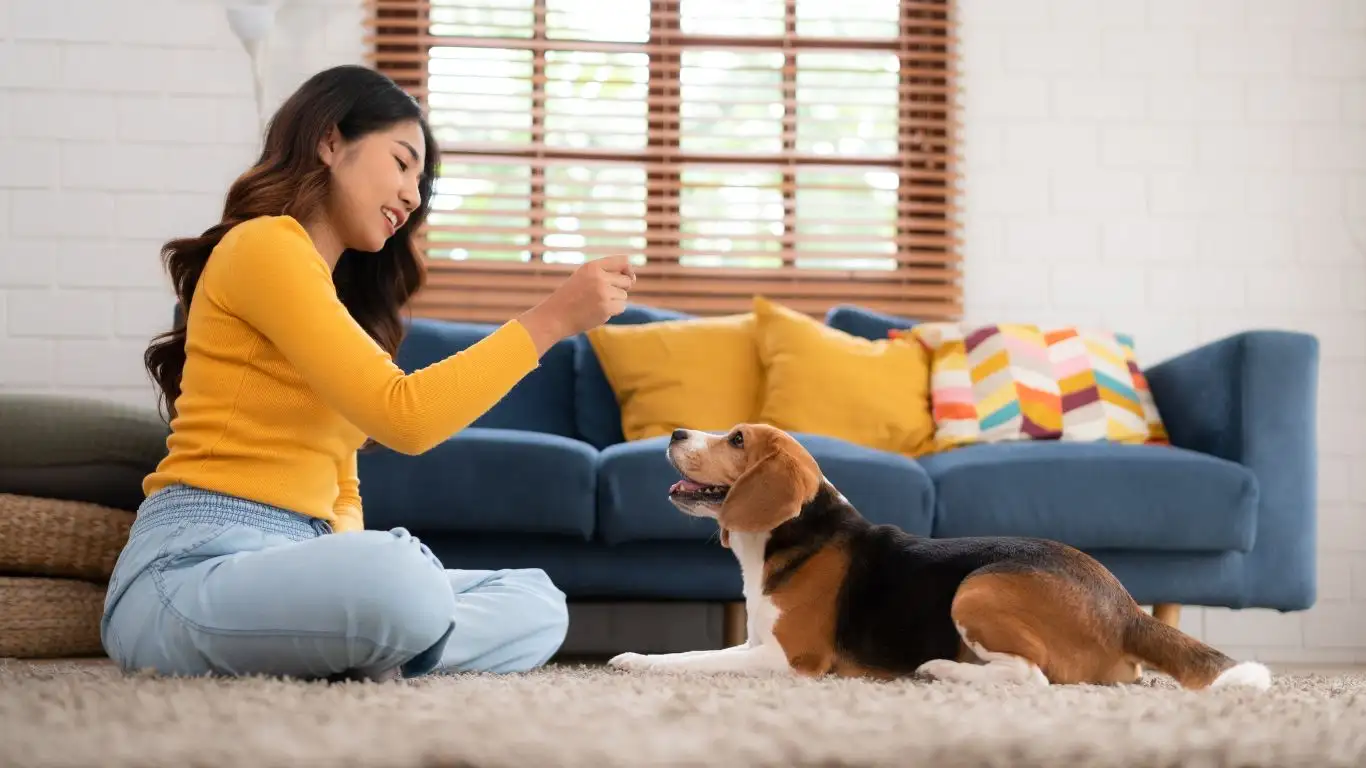
Alright, so your dog’s nailing hand signals at home—now what? It’s time to take that training out into the real world. This is where things get exciting (and, okay, a little messy). Real-life distractions help your dog generalize the skill, meaning they can perform no matter where you are or what’s going on around them.
Start with Low-Stakes Environments
Before you jump straight into the farmer’s market or a bustling park, ease into it:
- Practice in your driveway or garage
- Move to a quiet corner of a local park
- Gradually increase noise and foot traffic
When I was training Bella, a sweet but nervous Aussie mix, we started doing “down” and “stay” in the front yard where she could still hear familiar house sounds. Each week, we moved a little further into the world—one parked car length at a time.
Layer in Distance and Duration
Eventually, you’ll want your dog to respond even when you’re not standing right in front of them. This takes time. Here’s what works:
- Back up one step at a time after giving a cue
- Increase the time before delivering a reward
- Always keep it fun and low-pressure
Don’t be discouraged if your dog regresses a bit with each new layer. That’s totally normal. Training isn’t a straight line—it’s a wiggly path with some loop-de-loops.
Common Mistakes to Avoid with Hand Signal Training
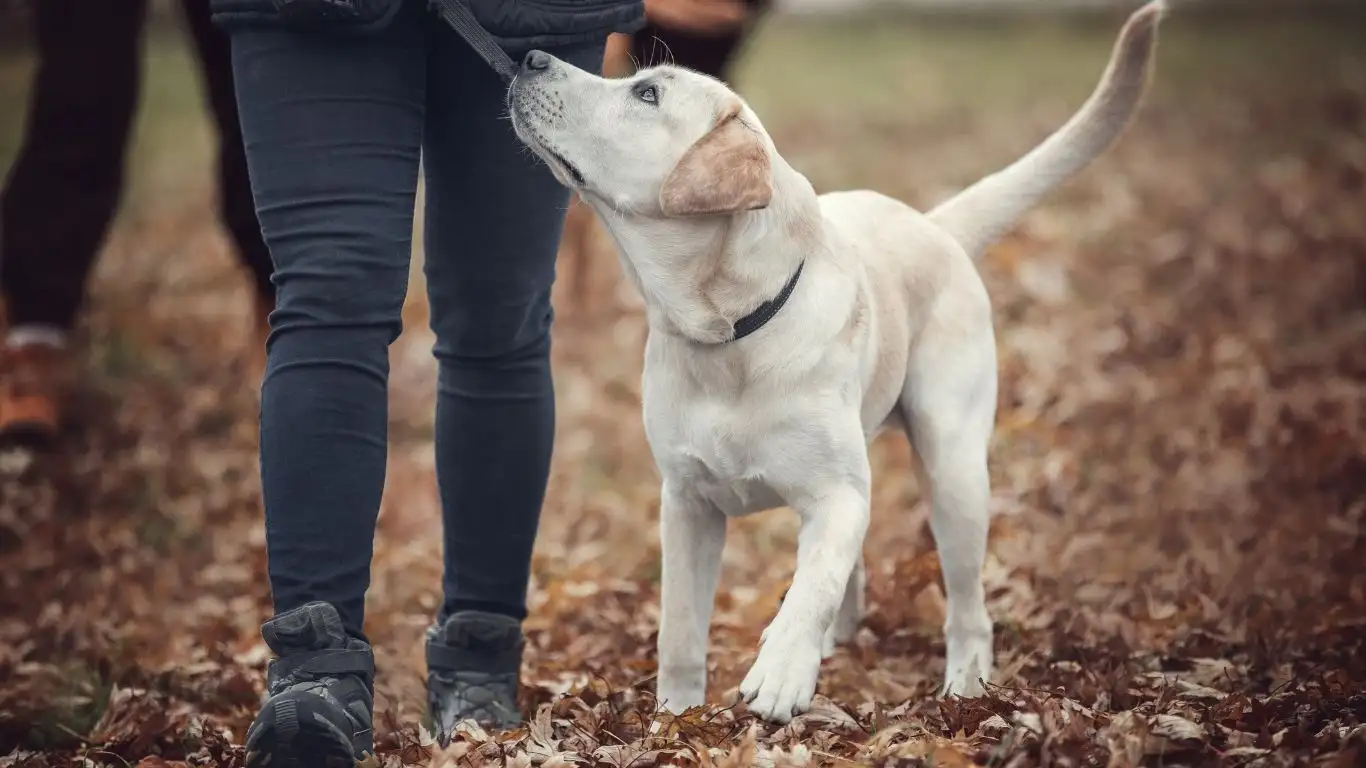
Let’s be real—it’s easy to get excited and overcomplicate things. Here are some pitfalls I’ve seen (and made myself!):
Inconsistency
Using different gestures for the same command? Your dog’s gonna get confused. Pick a signal and stick with it. Better yet, write them down or record yourself training—it’s easier to spot inconsistencies on video.
Skipping the Basics
Some people try to jump straight to flashy tricks or off-leash commands. Nope. If your dog doesn’t fully grasp “sit” with a hand signal in your living room, they’re not going to nail it at the beach.
Overuse of Verbal Cues
It’s super tempting to keep talking—especially when your dog hesitates. But if your goal is silent communication, let the hand signal speak for itself. Give the gesture, count to five, and then try again or reset. Silence builds clarity.
Giving Up Too Soon
This one breaks my heart. Training takes time. Some dogs pick it up in days, others in weeks. One of my therapy dogs, Max, didn’t consistently respond to the “come” hand signal for nearly a month. But now? He responds like clockwork—even across a room full of strangers.
Stick with it. Your dog wants to understand you. All they need is time, consistency, and a whole lotta patience.
Building Advanced Responses to Hand Signals
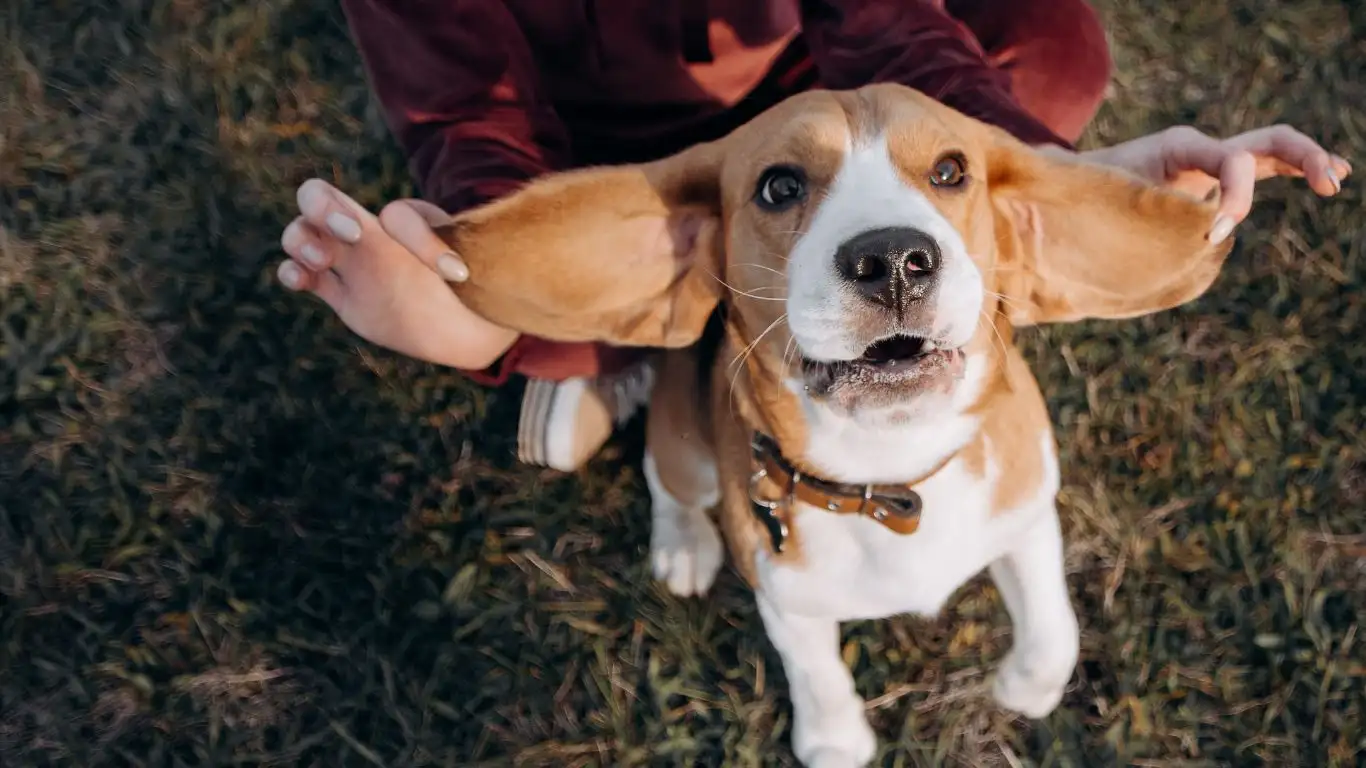
Once your dog’s mastered the basic cues with hand signals—sit, down, come—you can start to layer in more advanced behaviors. This is where the training journey starts to feel less like work and more like a fun game for both of you. And believe me, dogs love a good challenge. It keeps their minds sharp and deepens your bond in ways that verbal training just doesn’t touch.
When I worked with Ellie, a retired service dog who transitioned into therapy work, we taught her hand cues for “leave it,” “circle,” and even “visit” (where she’d gently place her head on someone’s lap). The process took time, sure—but it also gave her a renewed sense of purpose and joy in her work.
How to Teach More Complex Hand Signals
Here’s a breakdown of how I like to approach more advanced hand cues:
- Break it into micro-steps. Don’t expect a perfect performance from the jump. Shape the behavior slowly with your hand cue guiding the way.
- Keep the signal distinct. The more advanced the command, the more important it is that your signal doesn’t resemble another cue.
- Mark success clearly. Whether you’re using a clicker, a verbal “yes,” or a quick scratch behind the ears—immediate feedback helps cement the association.
Each time your dog succeeds, you’re reinforcing the communication bridge between you two. It becomes less about “training” and more about mutual understanding.
Troubleshooting and Adjusting Your Training Approach
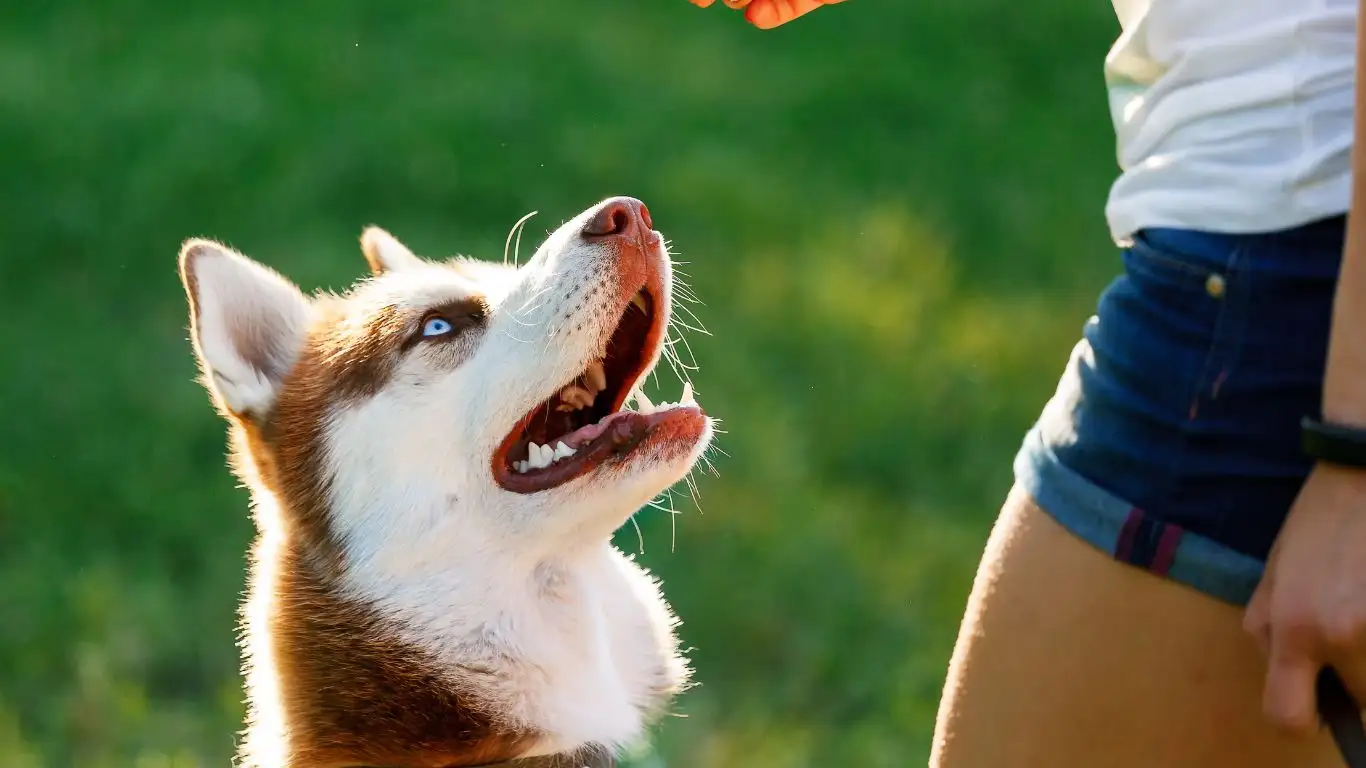
Look, not every session will go smoothly. And that’s perfectly okay. You and your dog are a team—sometimes you’ll both be in sync, and other times, not so much. What matters is how you respond when things get bumpy.
When Your Dog Stops Responding
It happens. Maybe they’re tired, overstimulated, or just not feeling it. If your dog suddenly stops responding to hand signals they previously understood, here are some things to check:
- Health or hearing issues – especially in older dogs. When in doubt, a vet check can rule out underlying issues. (See trusted health resources like NIH)
- Distraction overload – too many new smells, sounds, or people around? Dial it back to an easier setting.
- Training fatigue – back off for the day and give them a mental break.
I remember working with Boomer, a senior shepherd mix. One week, he stopped responding to the “down” hand cue, and we were baffled. Turned out his joints were sore, and lying down was uncomfortable. Once we addressed his arthritis, he was back in the game. Always listen to what your dog is trying to tell you—behavior is a form of communication, too.
Adjusting for Different Breeds and Personalities
Let’s face it—what works for a Labrador might not fly with a Shiba Inu. Breed, temperament, and individual quirks all factor into how your dog learns best. That’s why flexibility is key. You might need to tweak your hand gestures or reward system to match your dog’s pace and style.
Don’t be afraid to experiment. If your dog responds better to larger gestures or needs extra time to process, go with it. There’s no one-size-fits-all in dog training—only what works for you and your pup.
Maintaining Hand Signal Training Long-Term
Now that your dog’s fluent in silent commands, it’s time to talk about maintenance. Training isn’t a “one and done” thing. It’s more like a fitness plan—you’ve got to keep up with it to stay sharp.
Make Practice Part of Daily Life
One of my favorite ways to keep my dogs engaged is to sprinkle in hand signals during everyday routines. For example:
- Ask for a “sit” with a hand cue before opening the door
- Use the “stay” signal before placing their food bowl down
- Signal “come” during walks when they’re off-leash in safe spaces
These little moments of practice keep the skills fresh without making it feel like a formal session. Plus, they reinforce that communication happens all the time—not just when the treat pouch is out.
Revisit Old Cues and Rotate New Ones
Dogs can forget if a command goes unused for too long. I make a habit of rotating through both basic and advanced cues every few days. It’s like flipping through flashcards—quick, easy, and super effective.
If your dog forgets a signal, no big deal. Just go back a few steps, reward the effort, and rebuild. The great thing about hand signal training is how resilient the learning process is—once that connection’s been made, it’s easier to rekindle later.
Final Thoughts
Learning how to train a dog to respond to a hand signal is one of the most rewarding things you can do—for both of you. It strengthens trust, deepens your bond, and opens up an entirely new form of communication. I’ve seen firsthand how silent signals can transform a dog’s confidence, independence, and role in the family or community. Whether your pup is destined to become a therapy superstar or simply wants to master a few fun cues at home, the journey is worth every second.
So, take your time. Celebrate the wins (big and small). And most of all—have fun with it. You’re not just teaching your dog to follow commands—you’re learning how to listen to each other in a way that words can’t always capture.
References
Disclaimer
This article is for educational purposes only and is not intended to replace professional veterinary advice. Always consult with a certified dog trainer or veterinary professional before implementing new training techniques, especially if your dog has behavioral issues or medical conditions.
